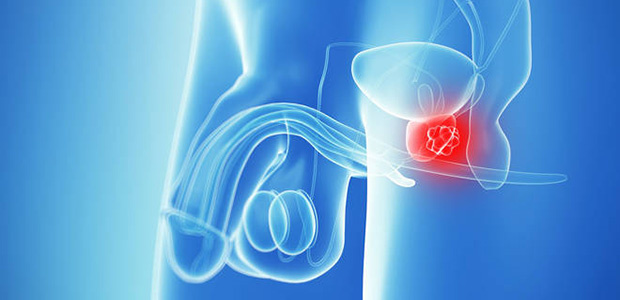The prostate cancer pathology report is an important basis for oncologists to formulate follow-up treatment plans. However, many prostate cancer patients and their families are difficult to read due to the strong professionalism of pathological reports. In order to help people to have better understanding of the medical terminology in the report, we have collated the common terms in the report for preliminary interpretation.
If you want to know more about the report on prostate cancer, you can make an appointment online or contact our Manila office at 02-8-822122 (Manila Office) or 0917-599-2277 (Cebu Office), professional oncologists will help to answer your questions.
The Gleason scoring system is most commonly used in the pathologic grade of prostate cancer. Prostate cancer tissues are divided into primary grading area and secondary grading area. The Gleason score of each area is 1-5. The Gleason score is the sum of the Gleason scores of the main grading area and the secondary grading area to form the grading constant of the cancer tissue.
Gleason Grade 1 (rarely seen): Large glands of consistent rules, densely located, forming small nodules.
Gleason Grade 2: Irregular large glands, densely back-to-back, forming small nodules, and the glands in the nodules are not fused.
Gleason Grade 3: Small glandular or acinus with infiltrating growth, or small cribriform glands.
Gleason Grade 4: a fusiongland, a large cribriform gland, or a renal clear cell carcinoma.
Gleason Grade 5: solid cancer nest (no adenoid structure), infiltration of a single cancer cell, or acne-like cancer (cancer cell necrosis).

The development of prostate cancer is closely related to androgen. Most patients with advanced prostate cancer after continuous androgen removal (including castration surgery and drugs) are effective at first, but after a period of treatment, the disease relapses and progresses, and prostate cancer will gradually develop into castration-resistant prostate cancer (CRPC), including androgen-independent prostate cancer (AIPC) and hormone-refractory prostate cancer (HRPC). At this time, the treatment plan should be changed. AIPC is still effective for second-line hormone therapy, while HRPC is ineffective for second-line hormone therapy. Chemotherapy can be adopted. Prostate cancer patient with bone metastases should be given treatment for relieving bone pain and prevent bone-related reaction.
PSA, short for Prostate Specific Antigen, is a protein produced by prostate cells that can be secreted into serum. PSA can be used as a marker to screen prostate cancer and to monitor changes in prostate cancer.
If you are doing anti-cancer screening, PSA <4ng is a normal value. It should be emphasized that the value above 4ng doesn’t necessarily means malignant, 4ng or less benign. The correct understanding should be: the value above 4ng indicates great probability of prostate cancer and vice versa, The higher the value, the greater the probability.
But elevated PSA also indicates other prostate diseases, so further examination for patients with elevated PSA should be taken, such as B-ultrasound, pelvic MR, CT Scans; whole body bone scan (ECT, mainly in the metastasis of prostate cancer); PET; but the ultimate diagnosis of prostate cancer requires a prostate biopsy.
The most common metastasis occurs in bone, accounting for more than 70% of all cases of distant metastases. The most common bone metastasis sites are spine, pelvis and upper femur. The location of metastasis is related to the special osteogenic properties of prostate cancer. In addition, pelvic lymph nodes are also common metastatic sites.
If you have any doubt about the prostate cancer pathology report, you can make an appointment online or call us directly at 02-8-822122 (Manila Office) or 0917-599-2277 (Cebu Office) . Professional oncologists will help you out.
Tips from oncologist at St. Stamford Modern Cancer Hospital Guangzhou: The above is only a partial interpretation of the pathology report of prostate cancer. We must find a professional oncologist for a comprehensive interpretation on a detailed pathology report, so that patients can receive guidance and treatment on time to avoid irreversible consequences.
 viber
viber